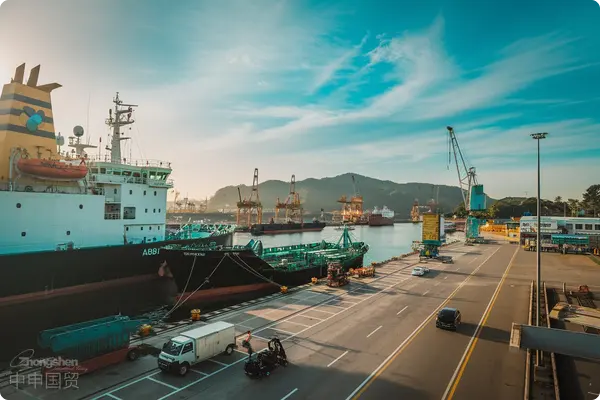- Shanghai Zhongshen International Trade Co., Ltd. - Two decades of trade agency expertise.
- Service Hotline: 139 1787 2118
Home » Import Representation » The Golden Screening Criteria for Equipment Import Customs Clearance Agency Companies

Contents
ToggleEquipmentImport ClearanceThe four major real-world dilemmas
Against the backdrop of global supply chain restructuring in 2025, industrialEquipment ImportsEnterprises face multiple challenges:
- The HS classification dispute rate has increased by 32%.: The accelerated iteration of intelligent manufacturing equipment has led to a lag in customs classification systems.
- The average port congestion cost exceeds $12,000 per day.: Port intelligent supervision equipment enhances inspection depth
- The surge in technical barriers to trade.: The annual average increase in mandatory certification programs by major importing countries is 8 items.
- Supply chain visibility gap: 65% of enterprises are unable to obtain real-time customs clearance progress data.
The Three Core Values of Professional Agents
Differentiated competitive advantages that a high-quality customs clearance agent should possess:
- Dynamic compliance capability
- Real-time updates to customs tariff databases for 39 countries
- Establish an AI-assisted classification system to reduce declaration errors.
- Risk mitigation mechanism
- The pre-review process is equipped with a 7-level risk screening model.
- Offering flexible customs clearance solutions such as guarantee payment on behalf.
- Professional agents should be able to reduce the comprehensive cost through
- Utilize the intelligent matching of preferential tariff rates under free trade agreements
- Establish a dedicated emergency response fund pool for ports
Three Major Alerts for 2025 Customs Clearance Policies
According to the latest announcement from the General Administration of Customs (No. 3 of 2025), enterprises should pay special attention to:
- Intelligent Device Inspection Procedure Change: The resolution of the X-ray machine has been upgraded to the 0.5mm level. It is recommended to conduct a simulated scan in advance.
- Mandatory filing system for environmental protection equipment: A verification report on energy efficiency must be submitted for 24 categories of industrial equipment.
- Declaration of origin in electronic form: RCEP member state certificates have fully transitioned to blockchain-based notarization.
Five Steps to Select High-Quality Service Providers
Establishing a scientific evaluation system is crucial:
- through the following channels. Tax system verification:: Confirm qualifications such as AEO Advanced Certification and membership in the Customs Brokers Association.
- Case study: Request to provide import case data for similar types of equipment.
- System demonstration: Check whether its customs clearance management system has real-time tracking functionality.
- Emergency test: Simulate a scenario where the declaration is obstructed to examine the response mechanism.
- Cost audit: Compare the proportion of hidden fees (recommended to be controlled within 8% of total expenses).
Comparative analysis of typical service scenarios
- Case Study on Importing Precision Instruments
- General agency: Due to classification errors, a two-week port delay occurred, resulting in additional costs of $18,600.
- Professional Agency: Utilize pre-classification services to lock in tariff codes in advance, achieving 72-hour rapid customs clearance.
- Complete Plant Equipment Relocation Project
- Traditional model: Repeated customs clearance in 12 batches incurs redundant costs of $52,000.
- Optimization Plan: Utilize temporary import/export procedures to save $240,000 in taxes.
Related Recommendations
? 2025. All Rights Reserved. Shanghai ICP No. 2023007705-2  PSB Record: Shanghai No.31011502009912
PSB Record: Shanghai No.31011502009912










